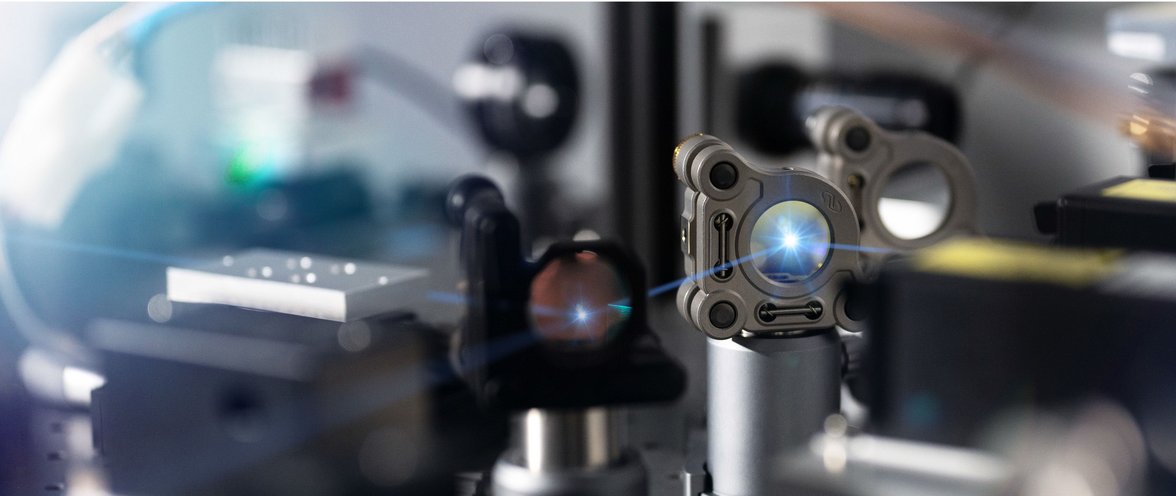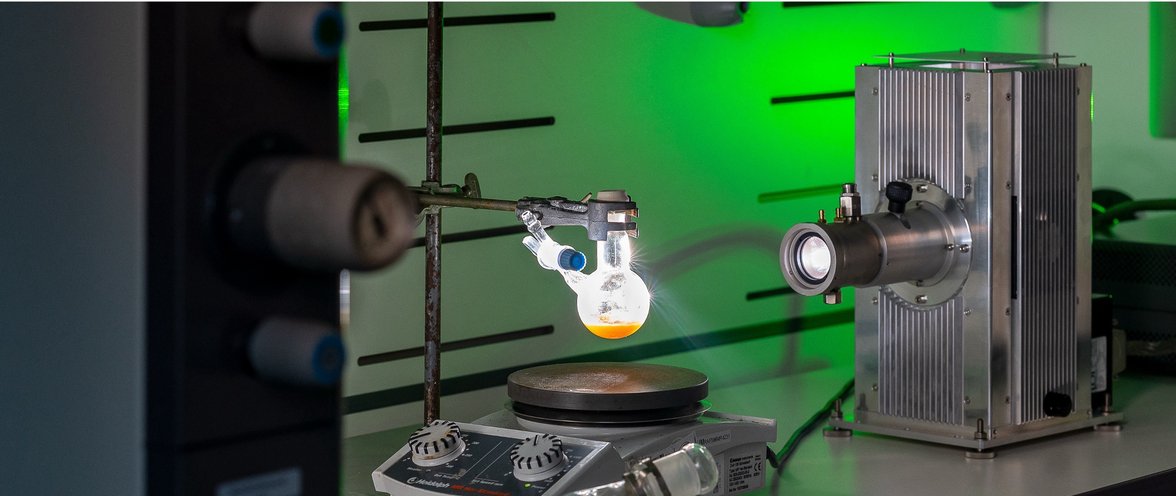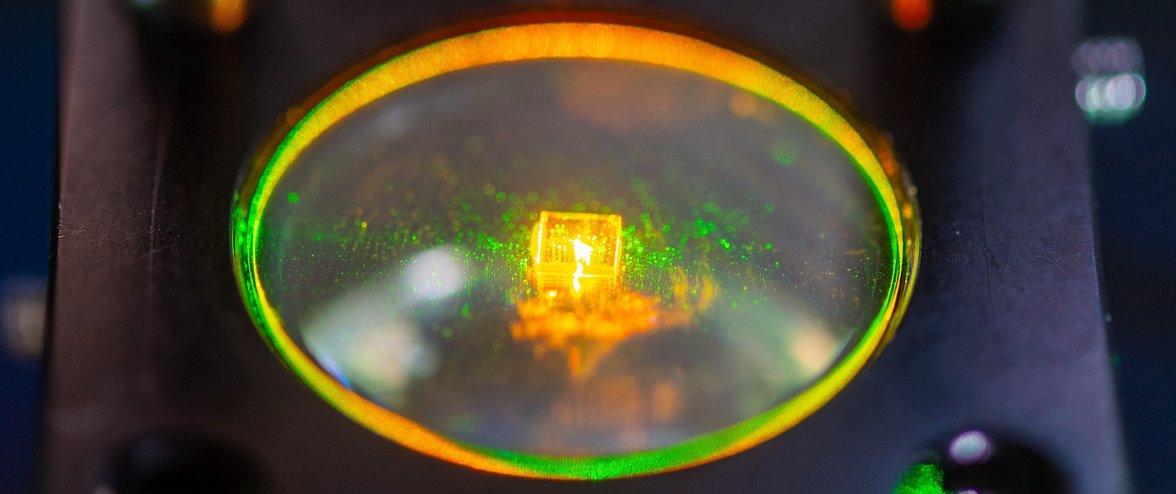At the TUM School of Natural Sciences, scientists from different disciplines work together on research topics in the fields of bioscience, chemistry, and physics. This fundamental research generates knowledge that facilitates a better understanding of our world and the development of new technologies.
To make research achievements efficiently accessible and visibly available to the outside world, TUM has established a Research Information System (FIS). It collects information on publication performance, awards, and research areas of individuals and organizational units at TUM.
Mission Statement
Discovery at all scales
Our School is committed to an integrative and dynamic learning environment engaged in pioneering research across the natural sciences. In three departments and in interdisciplinary integrative research centers, we explore, understand, and predict nature’s phenomena at all scales. Combining physical, chemical, and biological concepts bridged by engineering approaches, we create solutions for the fundamental societal challenges and educate the next generation.
Across three departments, nine integrative research institutes, five clusters of excellence, four collaborative research centers, contributions from the Max Planck Institutes, two venture labs, and numerous federally and EU-funded projects, the research focuses of the NAT School are concentrated on six main research areas.
Our research activities are bundled in three departments: Bioscience, Chemistry, and Physics. Each department is led by a Head of Department, and each professorship in our School belongs to one of these departments.
The structure of the Professional Profiles, led by the respective Academic Program Directors (APDs), ensures the integration of research content with specific cross-disciplinary competencies into teaching. The aim is to develop these competency profiles further across universities by utilizing the full portfolio of TUM.
Clusters of Excellence are innovative, world-class research projects funded under the national Excellence Initiative, which connects universities with leading German research institutes and businesses. The School of Natural Sciences contributes to five of these clusters.
For key areas of interdisciplinary research, TUM has established its own central or integrative research centers, in which our School of Natural Sciences is strongly represented. The scientific opportunities resulting from the interdisciplinary diversity on the Garching campus attract scientists from all countries and fields.
The School of Natural Sciences participates in a number of interdisciplinary and inter-institutional research projects, which are funded by the German Research Foundation (DFG).
The high-tech campus Garching north of Munich is TUM's largest location and one of the most modern research and training facilities in Europe.
At TUM, technical infrastructure and know-how on high-performance technologies are bundled in central, well-equipped units (TUM Technology Core Facilities) across departments and Schools, professionally organized at School level, and made easily accessible to users throughout TUM in a service-oriented manner. Supported by Technical Experts, they enable scientists to use state-of-the-art technologies for research projects and clinical studies.





